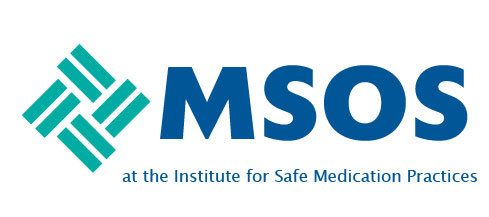Below is a description of an event that caused quite a concern for our nurse (and me!). I would appreciate your collective experience and wisdom on the safety implications.
The patient was transitioning from a procedural area to the floor. In the procedural area, the patient received bivalarudin. The patient was also supposed to receive 2 hours of a Normal Saline infusion at 75 mL/hr x1 (once), which was also begun by the nurse in the procedural area. The floor nurse attempted to document continuation of the Normal Saline infusion when the patient got to the floor for the second hour for the order (scanning for a rate verification). When scanned, the bag of normal saline presented an order for Bivalirudin to the floor nurse as if that were the drug to be documented as administered. The nurse began questioning whether bivalirudin was supposed to be given (it wasn’t).
Further investigation by our CPOE experts suggests this is normal, expected behavior for the system. In this case, the system identified the normal saline COMPONENT of the bivalirudin order as a valid barcode match and, since the original NS order had been marked as completed (usual behavior with a ONCE frequency) in the procedural area, the system only displayed the bivalirudin order. Since the patient transfer had not completed within the CPOE system (which would've inactivated the bivalirudin order) the order remained active for BCMA.
We are told by our CPOE experts that the system cannot be changed. In addition, they provided several other examples where scanning the active component of an order will result in a match for different orders during BCMA.
Since BCMA is a major safety tool, I am concerned that anything decreasing the accuracy of the tool will translate into a corresponding lack of faith or trust in the technology by the nurses using it. If nurses see contradictory information when they scan, they will quickly learn to not trust scanning. Also, there is a risk that an inappropriate administration may occur. Thankfully, in this case, the nurse did not administer a second bivalirudin dose.
Do you see these kinds of events at your facility? If you looked for these events, do you think you would find them? If you do see them, how do you handle them and what should we tell our staff? Is this a safety concern for you?
In an effort to avoid singling out a particular CPOE system, the name of our vendor is intentionally blank. I'm not convinced the way our vendor has handled this scenario is unique to the vendor, nor am I convinced the build used for barcode administration (BCMA) to manage this situation is unique to our facility.

